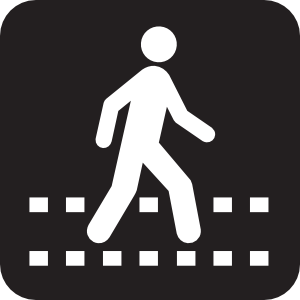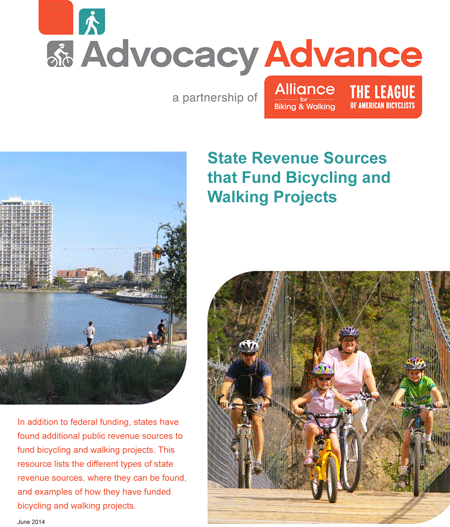 The Partnership for Sustainable Communities (PSC) has compiled a list of tools to help communities assess, plan, and design sustainable communities. These tools cover a broad range of topics, including community design and planning, transportation and housing, and the environment. The list includes tools developed by the PSC partner agencies: the U.S. Department of Housing and Urban Development (HUD), the U.S. Department of Transportation (DOT), and the U.S. Environmental Protection Agency (EPA), as well as other Federal agencies and nongovernmental organizations. The Partnership will evaluate and update the list periodically.
The Partnership for Sustainable Communities (PSC) has compiled a list of tools to help communities assess, plan, and design sustainable communities. These tools cover a broad range of topics, including community design and planning, transportation and housing, and the environment. The list includes tools developed by the PSC partner agencies: the U.S. Department of Housing and Urban Development (HUD), the U.S. Department of Transportation (DOT), and the U.S. Environmental Protection Agency (EPA), as well as other Federal agencies and nongovernmental organizations. The Partnership will evaluate and update the list periodically.




